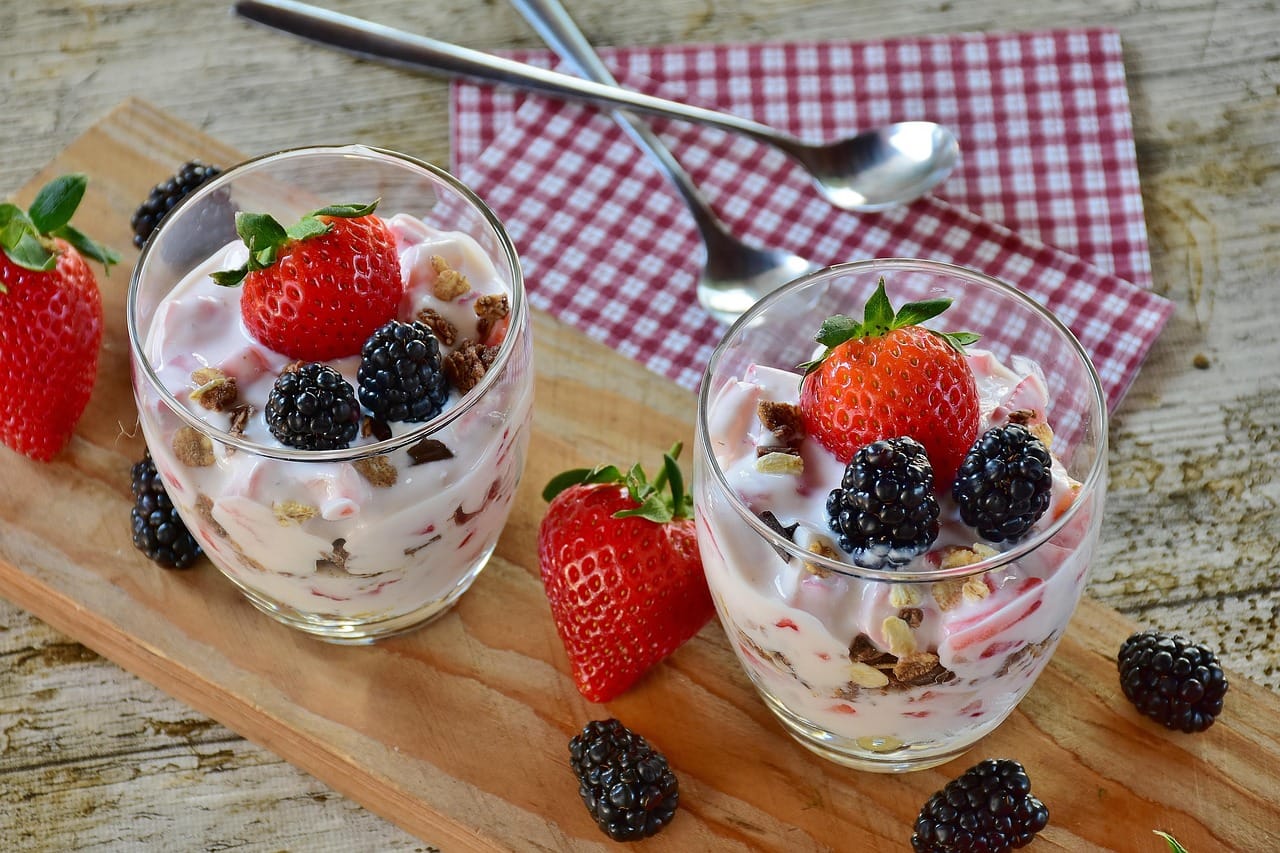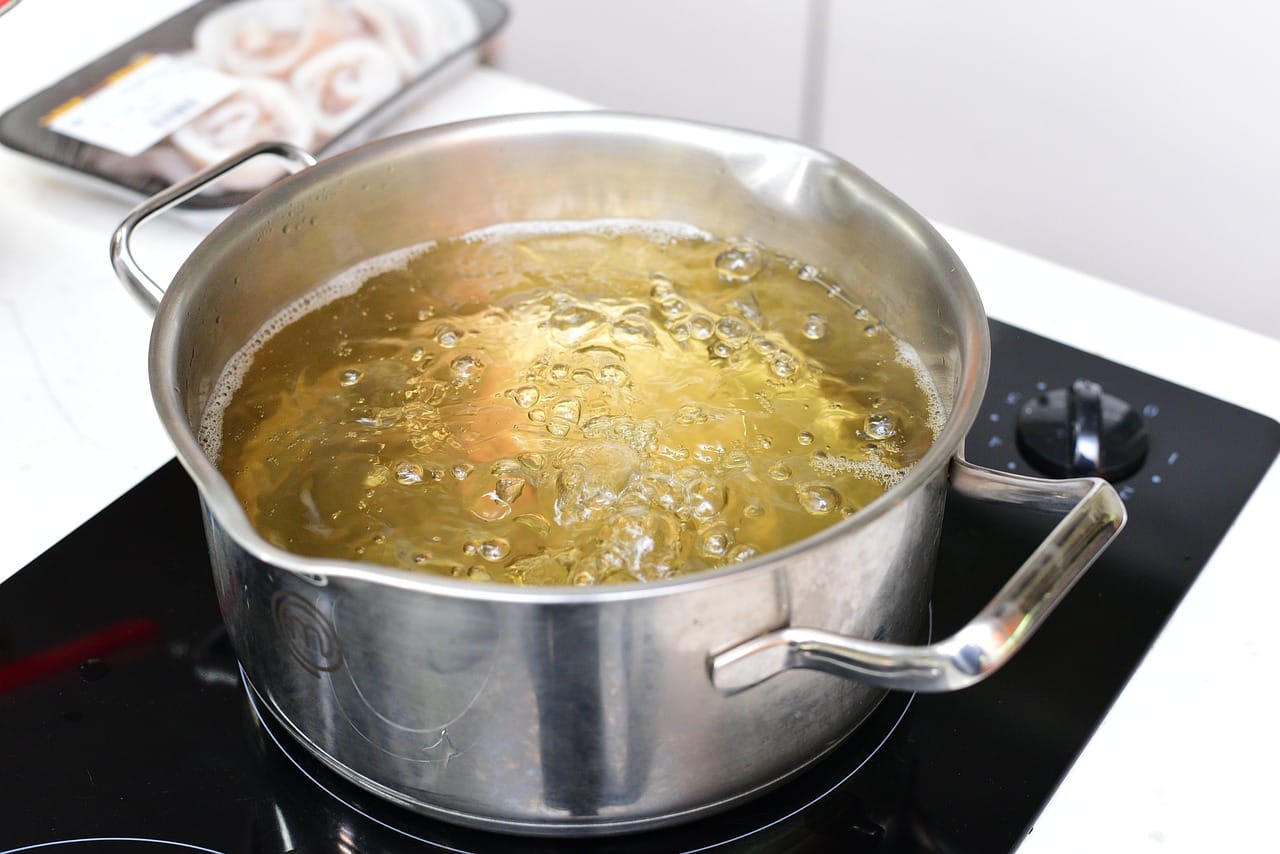Beet salad: vibrant, earthy, and surprisingly versatile. This dish isn’t just a side – it’s a powerhouse of flavor and nutrition, ready to elevate your lunch, dinner, or even a light snack. Whether you’re a seasoned foodie or new to the world of beets, this guide will unlock the secrets to creating the perfect beet salad every time. Get ready to explore the different types of beets, complementary ingredients, and foolproof techniques for a truly exceptional culinary experience.
The Versatile Beet: Understanding Your Options
Beets are more than just that bright red vegetable you might remember from childhood. They come in various colors and offer a range of flavors, making them a perfect canvas for salad creativity.
Types of Beets
- Red Beets: These are the most common type, known for their deep crimson color and earthy flavor. They are excellent roasted, boiled, or pickled. Example: Use red beets for a classic beet salad with goat cheese and walnuts.
- Golden Beets: Milder and sweeter than red beets, golden beets have a beautiful yellow hue. They don’t “bleed” like red beets, making them visually appealing in salads. Example: Pair golden beets with citrus fruits like oranges or grapefruits for a refreshing summer salad.
- Chioggia Beets: Also known as candy cane beets, these have striking red and white concentric rings. They are sweeter and milder than red beets, and their visual appeal makes them a standout ingredient. Example: Slice Chioggia beets thinly and arrange them raw in a salad with a light vinaigrette to showcase their unique pattern.
- Baby Beets: These are smaller, more tender versions of the larger varieties. They often come with their greens attached, which are also edible and nutritious. Example: Roast baby beets whole with their greens and toss them with olive oil, lemon juice, and a sprinkle of sea salt.
Nutritional Benefits of Beets
Beets are packed with nutrients that offer a variety of health benefits.
- Rich in Vitamins and Minerals: Beets are a good source of folate, potassium, vitamin C, and manganese.
- High in Antioxidants: They contain betalains, powerful antioxidants that may help protect against cell damage.
- May Lower Blood Pressure: Studies have shown that beets can help lower blood pressure due to their nitrate content.
- Improved Exercise Performance: Beet juice may improve athletic performance by increasing oxygen uptake. According to a 2017 meta-analysis published in the Journal of the Academy of Nutrition and Dietetics, nitrate supplementation from beets significantly improved time-to-exhaustion during exercise.
- Fiber-Rich: Promoting digestive health and aiding in weight management.
Building the Perfect Beet Salad: Ingredients and Flavors
Creating a memorable beet salad involves choosing complementary ingredients that enhance the earthy sweetness of the beets.
Cheese Pairings
- Goat Cheese: The tangy, creamy flavor of goat cheese is a classic pairing with beets. The acidity cuts through the sweetness, creating a balanced and delightful contrast. Example: Crumble goat cheese over roasted beet slices and drizzle with balsamic glaze.
- Feta Cheese: Similar to goat cheese, feta offers a salty and slightly tangy flavor that complements beets. Example: Combine crumbled feta with roasted beets, red onion, and fresh mint for a Mediterranean-inspired salad.
- Blue Cheese: For a bolder flavor, try pairing beets with blue cheese. The sharp, pungent taste of blue cheese adds complexity to the salad. Example: Use crumbled blue cheese with walnuts and a honey-mustard vinaigrette.
Nutty Additions
- Walnuts: Their slightly bitter, earthy flavor complements beets beautifully. Toasted walnuts provide added crunch and aroma. Example: Toast walnut halves in a dry pan until fragrant and golden brown, then add them to your beet salad.
- Pecans: These nuts offer a sweeter, more buttery flavor than walnuts. They provide a pleasant textural contrast to the soft beets. Example: Candied pecans add a touch of sweetness and indulgence to a beet salad.
- Pistachios: Their vibrant green color and subtle sweetness make them an elegant addition to beet salads. Example: Sprinkle chopped pistachios over roasted beets with orange segments and goat cheese.
Greens and Other Vegetables
- Arugula: Its peppery bite adds a refreshing contrast to the sweetness of beets. Example: Toss arugula with roasted beets, goat cheese, and a lemon vinaigrette.
- Spinach: A milder green that provides a healthy dose of vitamins and minerals. Example: Combine baby spinach with sliced beets, crumbled feta, and a balsamic vinaigrette.
- Citrus Fruits: Oranges, grapefruits, and blood oranges add a burst of acidity and sweetness that complements beets. Example: Segment citrus fruits and toss them with roasted beets, red onion, and a honey-lime dressing.
- Red Onion: Thinly sliced red onion adds a sharp, pungent flavor that cuts through the richness of beets. Soak the sliced red onion in cold water for 10 minutes to reduce its sharpness.
Preparing Your Beets: Cooking Methods and Techniques
The way you cook your beets significantly impacts their flavor and texture. Here are a few popular methods:
Roasting Beets
Roasting brings out the beets’ natural sweetness and intensifies their flavor.
- Instructions: Preheat oven to 400°F (200°C). Wrap beets individually in foil with a drizzle of olive oil and a pinch of salt. Roast for 45-60 minutes, or until tender when pierced with a fork. Allow to cool slightly before peeling.
- Benefits: Enhanced flavor, tender texture.
- Tip: Wear gloves when handling red beets to avoid staining your hands.
Boiling Beets
Boiling is a straightforward method for cooking beets, but it can dilute their flavor if not done correctly.
- Instructions: Place beets in a large pot and cover with water. Bring to a boil, then reduce heat and simmer for 30-45 minutes, or until tender when pierced with a fork. Allow to cool slightly before peeling.
- Benefits: Simple and easy.
- Tip: Leave the root and 1-2 inches of the stem intact to prevent the beets from bleeding during cooking.
Grilling Beets
Grilling adds a smoky char to beets, creating a unique flavor profile.
- Instructions: Preheat grill to medium heat. Slice beets into ½-inch thick rounds. Brush with olive oil and season with salt and pepper. Grill for 3-5 minutes per side, or until tender and slightly charred.
- Benefits: Smoky flavor, attractive char marks.
- Tip: Marinate the beet slices in a vinaigrette before grilling to add extra flavor.
Peeling Beets
Peeling cooked beets can be messy, but here are a few tips to make it easier:
- Cool Slightly: Allow the beets to cool slightly after cooking, but handle them while they are still warm.
- Rub Off Skin: Use your hands or a clean kitchen towel to rub off the skin. It should slip off easily.
- Use Gloves: Wear gloves to prevent staining your hands, especially when working with red beets.
The Perfect Vinaigrette: Flavor Combinations and Recipes
The vinaigrette is the final touch that ties all the elements of your beet salad together.
Basic Vinaigrette Recipe
- Ingredients: 3 tablespoons olive oil, 1 tablespoon vinegar (balsamic, red wine, or apple cider), 1 teaspoon Dijon mustard, ½ teaspoon honey or maple syrup, salt and pepper to taste.
- Instructions: Whisk all ingredients together in a small bowl until emulsified.
- Tip: Taste and adjust the seasoning as needed.
Flavor Variations
- Balsamic Vinaigrette: Use balsamic vinegar for a rich, slightly sweet flavor. This pairs well with goat cheese and walnuts.
- Lemon Vinaigrette: Use lemon juice and zest for a bright, citrusy flavor. This complements golden beets and arugula.
- Orange Vinaigrette: Use orange juice and zest for a sweet and tangy flavor. This pairs well with beets, red onion, and pistachios.
- Honey-Mustard Vinaigrette: Combine Dijon mustard, honey, and apple cider vinegar for a sweet and savory dressing. This is a classic pairing with beets and blue cheese.
Emulsifying Your Vinaigrette
Emulsification is key to creating a smooth, well-blended vinaigrette.
- Whisking: The traditional method of whisking the ingredients together vigorously until they combine.
- Jar Method: Place all ingredients in a jar with a tight-fitting lid and shake vigorously until emulsified.
- Immersion Blender: Use an immersion blender for a quick and easy emulsification.
Conclusion
Beet salad is a versatile and nutritious dish that can be enjoyed in countless ways. By understanding the different types of beets, choosing complementary ingredients, mastering cooking techniques, and creating flavorful vinaigrettes, you can create a beet salad that is both delicious and visually stunning. So, embrace the vibrant flavors of beets and experiment with different combinations to find your perfect beet salad recipe!




